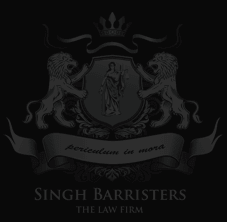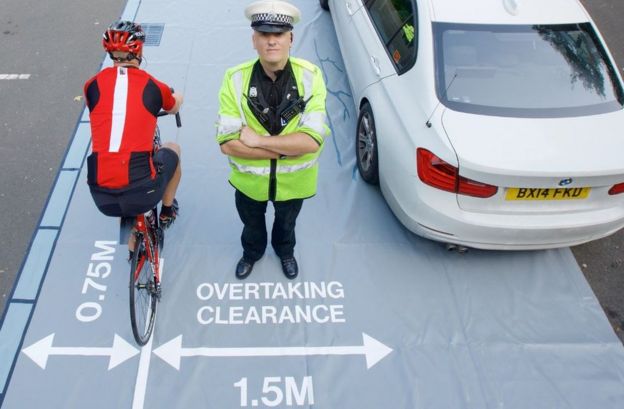Being involved in a motor-vehicle collision could be one of the most stressful experiences that anyone could go through. If you or a dear one has been injured, the situation becomes more complicated. Brampton car accident lawyers understand the trauma and confusion that accompany such incidents.
While most of assume that accidents are just that – accidents – in reality, they’re rarely accidental. A great majority of them are caused by someone’s fault or negligence. The injured persons and families suffer enormous physical, financial and emotional consequences that seriously impact their personal and professional lives. They are entitled to seek compensation for these injuries, which is usually paid out by insurance companies who cover such losses.
Typical Causes of Motor-Vehicle Collisions
The best of drivers can get into accidents and no matter how careful and conscientious about following rules you are, others may not be so. Car accidents usually happen due to:
- Alcohol or drug impaired driving
- Speeding
- Distracted driving
- Reckless behavior
- Street racing
- Aggressive driver, road rage
- Failure to obey or notice traffic signals and signs
- Poor weather conditions
- Poor visibility
- Night driving, sleepiness and fatigue
- Improper turns, unsafe lane-changes and wrong-way driving
- Tailgating
- Aged or inexperienced driver
- Unfamiliar roads
- Badly-maintained or rural roads
- Animal crossing
- Construction site or debris falling from trucks
- Vehicle defect or tire blowout
Keeping these aspects in mind, it’s possible that you were a victim of one of these driver errors. Whatever the reason, it results in a disruption and disturbance in your life. The reason why compensation should be sought and given is to restore your life (as much as possible) to what it was prior to the accident.
Steps To Take
There are several important aspects to be considered when you suffer injuries in a car accident. The first priority should be to get medical assistance if there are injuries. Following this, you need to protect your rights and entitlements so that you can get the compensation you deserve.
Achieving a successful settlement is a complex process that involves a number of medical, legal and insurance factors. Most of us believe that insurance companies that make the payout have our best interests at heart and will provide the due compensation once you make the claim. The fact is that insurance-carriers (including our own) are for-profit entities that need to keep their focus exclusively on their own business interests. That is why they may use various tactics to avoid payment, delay/dispute/deny/dismiss your claim citing various technical reasons.
An experienced, knowledgeable and compassionate Brampton personal injury lawyer can help you with your claim. However, there are some important steps to take as soon as the accident occurs.
- Never leave the accident scene, even if the damage and injuries seem minor. You could face criminal prosecution.
- Report the accident: Ontario has a Collision Reporting Center system where you can report accidents in which the total damage is less than $2000. Here, a police report is filed, along with collecting photographic evidence of the damage. If the damage is more than $2000 and/or you suspect evidence of a criminal offense (drunk driving etc.) you must inform the police.
- Never get into discussions, arguments or confrontation with the at-fault driver.
- Avoid on the spot, private settlement with the at-fault driver.
- Instead, take a practical approach. Exchange information regarding make and model of vehicle, name, address and telephone numbers of drivers and passengers. Get details about insurance from the insurance papers and provide your own insurance details. Get the names, addresses and phone numbers of witnesses if any. Make a note of any CCTV cameras in the vicinity.
- Prevent other mishaps by setting up warning signs, keeping your hazard lights on, etc.
- Take steps to gather/protect the evidence. If you’re not injured, take photos of the scene, location and landmarks, with time and date stamps.
- Make a note of what exactly happened and when the police arrive, ensure that you give a factual description. Avoid speculation, exaggeration, false statements, guessing, blame and assigning fault even to yourself. Ensure that statements given by the at-fault party are factual. If you find contradictions, make a note of these and give it to your lawyer.
- If no injuries are apparent and you are asked whether you’re injured, it’s wiser to say that you’re unsure and that you need to consult a doctor before you can answer.
- Inform your insurance company about the accident as soon as possible, because many policies have clauses that require immediate information.
- However, remember that your insurance company is also required to pay out statutory accident benefits and they may not cooperate fully with you. That is why you need a Brampton personal injury lawyer to assist you.
Contact a Brampton car accident lawyer immediately.










